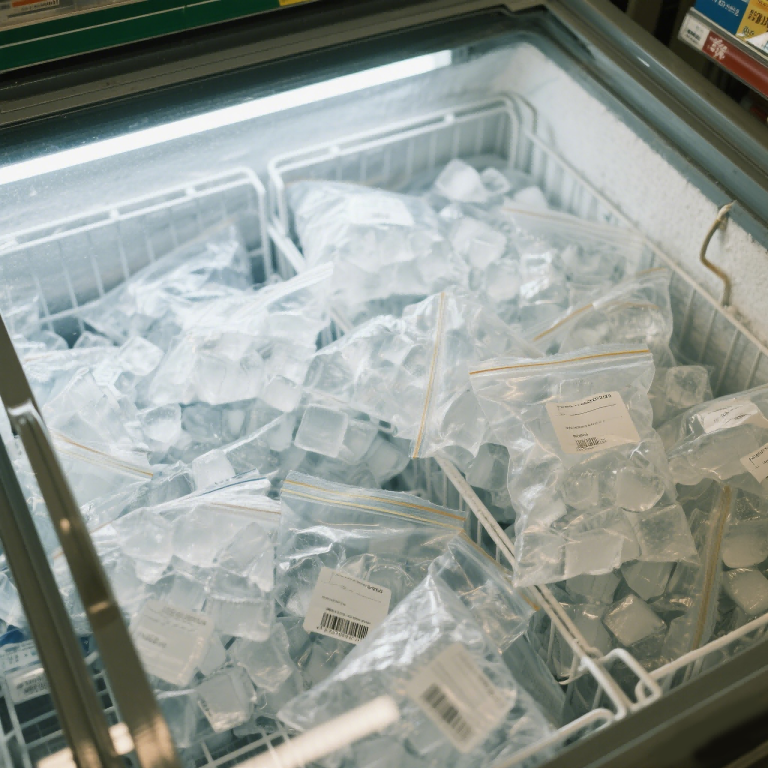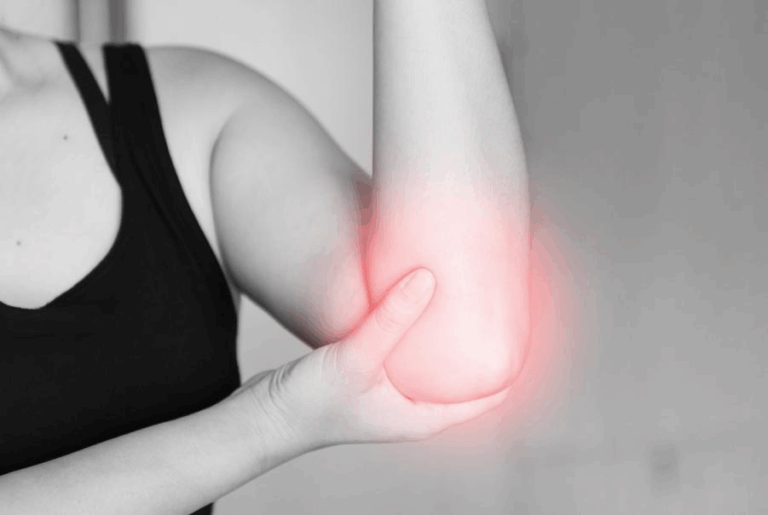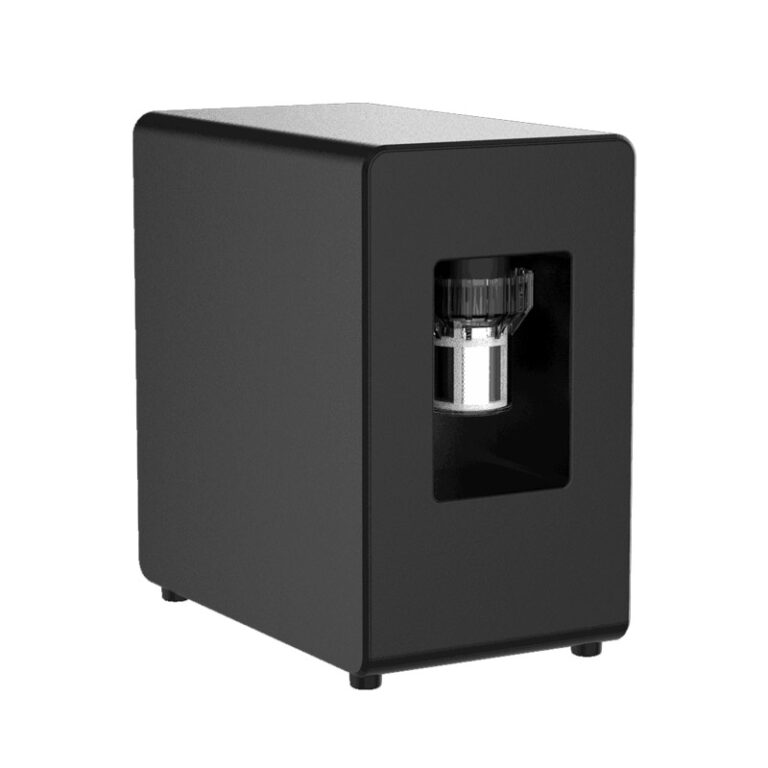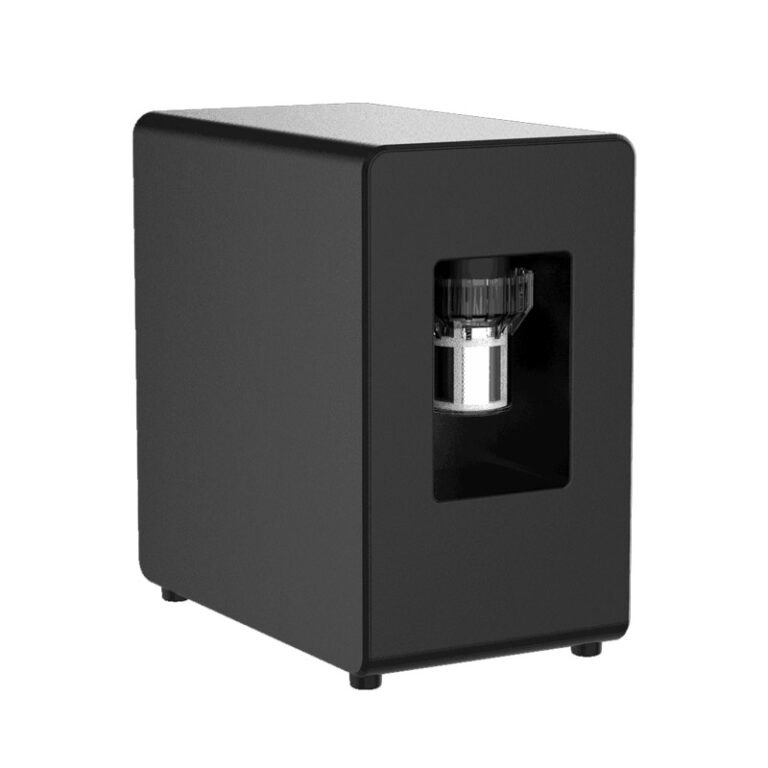In recent years, ice baths and cold therapy have gained immense popularity among athletes, fitness enthusiasts, and wellness advocates. The practice of submerging the body in cold water has been touted for its various benefits, ranging from muscle recovery to improved mental health. Here we aim to provide a comprehensive understanding of ice baths, as well as the physiological effects, benefits, potential risks, and practical guidelines for implementation.
What is an Ice Bath?
An ice bath, also known as cold plunge, involves submerging the body (or specific body parts) in ice-cold water, typically ranging from 10°C to 15°C (50°F to 59°F). The duration of immersion can vary, but it often lasts between 10 to 20 minutes. Ice plunges are commonly used by athletes after intense physical activity to aid recovery and reduce muscle soreness.
The use of cold therapy dates back to ancient civilizations. The Greeks and Romans utilized cold baths for therapeutic purposes, believing in their healing properties. In modern times, athletes have adopted ice baths as a recovery tool, particularly in sports with high physical demands.
How Cold Therapy Functions on the Body?
When the body is exposed to cold temperatures, several physiological responses occur:
● Vasoconstriction: Blood vessels constrict to reduce blood flow to the extremities, helping to conserve heat and maintain core body temperature.
● Reduced Inflammation: Cold exposure can decrease inflammation by reducing blood flow and metabolic activity in the affected tissues.
● Pain Relief: Cold therapy can numb nerve endings, providing temporary pain relief.
● Improved Recovery: After the cold exposure ends, the body undergoes a rewarming phase, leading to vasodilation and increased blood flow, which can help flush out metabolic waste products and deliver nutrients to the muscles.
Cold exposure also triggers the release of various hormones, including norepinephrine and cortisol. Norepinephrine, a neurotransmitter and hormone, plays a crucial role in reducing inflammation and enhancing mood. The release of endorphins during cold exposure can also contribute to a sense of well-being.
What’s the Benefits of Ice Bath?
1. Muscle Recovery
One of the primary reasons athletes use ice baths is for muscle recovery. Research suggests that cold water immersion can help reduce delayed onset muscle soreness (DOMS) following intense exercise. By minimizing inflammation and muscle damage, ice baths can accelerate the recovery process, allowing athletes to train more effectively.
2. Reduced Inflammation
Ice baths can be particularly beneficial for individuals experiencing chronic inflammation or injuries. The cold temperature helps to decrease swelling and inflammation, promoting faster healing. This is especially relevant for athletes who may be prone to overuse injuries.
3. Enhanced Circulation
The cycle of vasoconstriction and vasodilation caused by cold exposure and subsequent rewarming can improve circulation. Enhanced blood flow delivers oxygen and nutrients to muscles, aiding in recovery and performance.
4. Improved Mental Health
Cold exposure has been linked to improved mood and mental well-being. The release of endorphins and norepinephrine during ice baths can help alleviate symptoms of anxiety and depression. Additionally, the practice of enduring cold exposure can foster mental resilience and discipline.
5. Potential Immune System Boost
Some studies suggest that regular cold exposure may enhance the immune system\’s response. Cold therapy can increase the production of white blood cells, which play a crucial role in fighting infections. However, more research is needed to fully understand this relationship.
Risks and Considerations You Need to Learn
While ice baths offer numerous benefits, they are not without risks. It is essential to approach cold therapy with caution:
1. Hypothermia
Prolonged exposure to cold water can lead to hypothermia, a dangerous drop in body temperature. It is crucial to limit immersion time and monitor body temperature during ice baths.
2. Frostbite
Frostbite can occur if skin is exposed to extreme cold for too long. To minimize this risk, individuals should avoid submerging their extremities (hands and feet) in ice water for extended periods.
3. Cardiovascular Stress
Cold exposure can place stress on the cardiovascular system. Individuals with pre-existing heart conditions or circulatory issues should consult a healthcare professional before engaging in ice baths.
4. Individual Differences
Responses to cold exposure can vary significantly among individuals. Factors such as body composition, acclimatization to cold, and overall health can influence how one tolerates ice baths. It is essential to listen to your body and adjust the duration and temperature of immersion accordingly.
How Long Should I Take a Cold Plunge?
1. Preparation
● Temperature: Aim for a water temperature between 10°C and 15°C (50°F to 59°F).
● Duration: Start with shorter immersion times (5-10 minutes) and gradually increase as your body acclimates.
● Equipment: Use a bathtub, large container, or specialized ice bath tub. Consider adding ice to achieve the desired temperature.
2. During the Ice Bath
● Breathing: Focus on deep, controlled breathing to help manage discomfort.
● Movement: Gentle movements (e.g., moving your legs) can help maintain circulation and reduce the intensity of the cold sensation.
3. After the Ice Bath
● Rewarming: Gradually rewarm your body with warm clothing or a warm shower. Avoid hot water immediately after an ice bath, as it can cause rapid changes in blood flow.
● Hydration: Drink water to stay hydrated, as cold exposure can lead to dehydration.
4. Frequency
● Post-Workout: Many athletes use ice baths after intense training sessions or competitions. However, the frequency of use should be tailored to individual needs and recovery goals.
Easy Cold Plunge Methods Recommended
1. Gym Facility or Spa Center Nearby
● Gyms are often equipped with specialized cold water immersion systems that provide a consistent and efficient cooling experience. Engaging in cold baths at a gym allows for social interaction with fellow fitness enthusiasts, fostering a sense of community. Gyms typically offer a range of recovery amenities, such as saunas and steam rooms, allowing for a holistic approach to post-workout recovery.
● However, access to cold bathing facilities is limited to gym hours, which may not align with personal schedules. Membership fees can be substantial, and additional charges may apply for using specialized recovery equipment. During peak hours, the presence of other users may lead to wait times, diminishing the convenience of immediate access.
2. Add Ice in Bathtub at Home
Advantages:
Using ice is a low-cost option, making it accessible for those on a tight budget.
Ice baths can be done at any time, providing users with the freedom to incorporate cold therapy into their routines without external constraints. The cooling effect of ice may not reach optimal temperatures, resulting in a less effective recovery experience. Preparing and managing ice can be cumbersome, particularly for full-body immersion , the total ice bill accumulated will be high. Ice may only cool specific areas rather than providing uniform coverage, potentially leading to inconsistent results.
3. Cold Water Chiller with Bathtub
Ice water chillers allow for exact temperature settings, ensuring an optimal cooling experience tailored to individual needs. The cold water equipment requires minimal setup and can be easily operated, eliminating the hassle of ice preparation. Cold water machines maintain low temperatures for extended periods, making them ideal for prolonged therapy sessions that enhance recovery.
Unlike ice, the flowing water from a cold water machine provides a more comfortable experience, reducing the discomfort often associated with ice baths.
Hi-Q cold water machines also offer heating capabilities, allowing users to alternate between hot and cold therapy, further enhancing recovery options.
Hi-Q water chiller is a perfect option for your consideration, stable chilling performance varies from low price to high price, single function to all-in-one functions.
In short, the above is the basic imformation for cold plunge. Hi-Q Team is a solution provider with 16 years experience in the cold therapy industry. If you want to learn more about cold plunge chillers or services related, feel free contact us.






